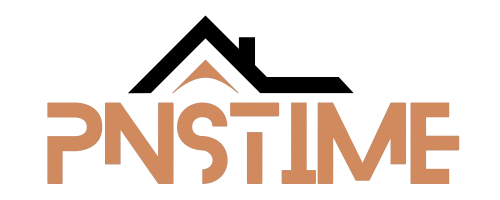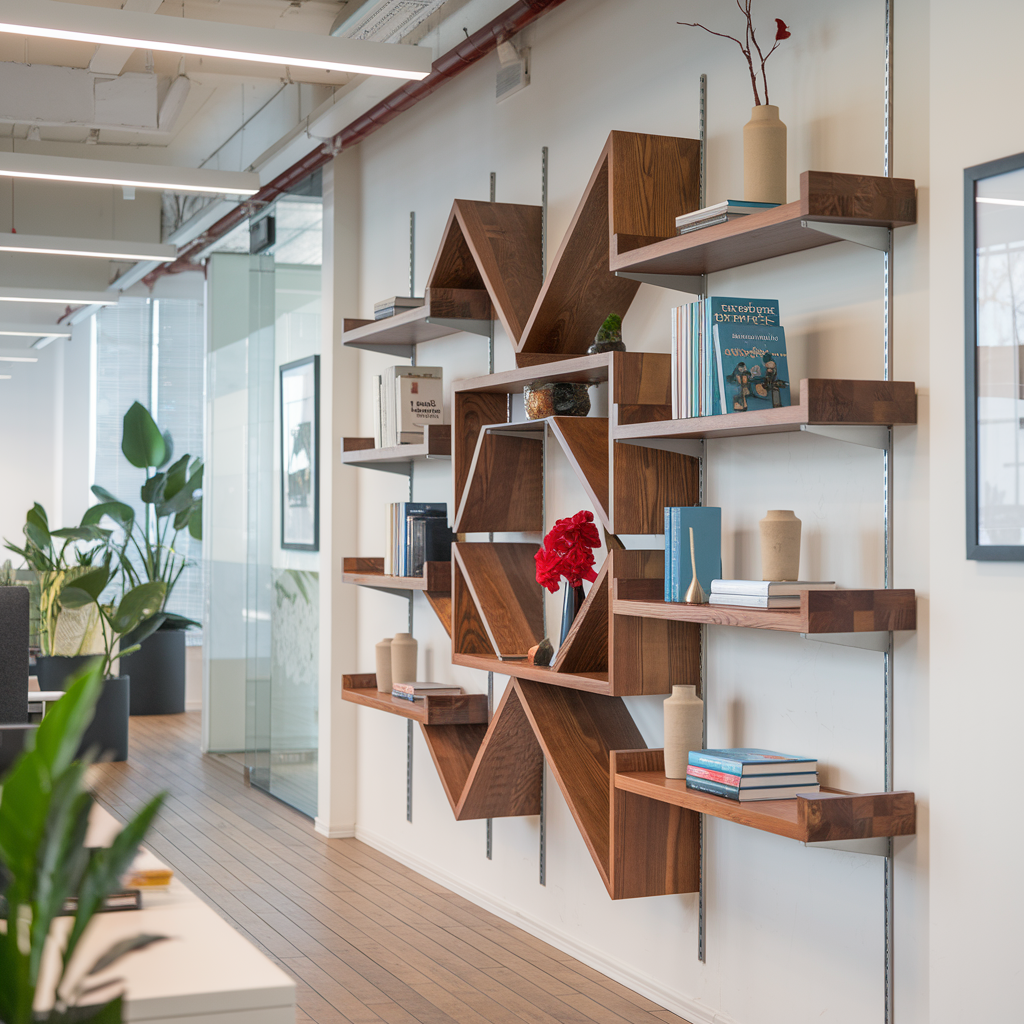Best Wood Types for Durable Office Wall Shelves
When it comes to creating a functional, long lasting office, choosing the right materials is just as important as choosing the right layout. One of the most overlooked elements in office design is wall shelving and the material you choose can make or break its durability. In this guide, we explore the best types of wood for office wall shelves, helping you find options that combine strength, style, and longevity.
Why Wood Matters in Office Wall Shelves
Strength and Stability
Unlike plastic or particleboard alternatives, solid wood shelves offer exceptional strength. They’re capable of supporting the weight of books, office supplies, and decorative items without sagging or warping over time. This is especially critical in offices where wall-mounted shelves are used for functional purposes like file storage or tech organization.
Aesthetic Value
Wood adds warmth and texture to an otherwise sterile office environment. Whether you’re designing a contemporary studio or a traditional executive office, the grain, tone, and finish of solid wood contribute to a professional, curated look.
Longevity
Investing in high-quality wood shelving means your office won’t need replacements anytime soon. With proper care, solid wood shelves can last for decades—even in busy office settings.
For more materials guidance, check our Office Storage Tips.
Top Wood Types for Office Wall Shelves
1. Oak
Durability
Oak is a high-density hardwood that offers exceptional load-bearing capacity. It’s a top choice for shelves that need to support books, binders, or decorative elements over long spans.
Appearance
Oak features a pronounced grain with warm tones ranging from golden beige to medium brown. It takes well to natural and stained finishes, making it ideal for executive and modern offices.
Best Use Cases
- Executive wall shelving
- Book-heavy storage
- Long floating shelves over desks
2. Walnut
Durability
Walnut offers great strength and is resistant to warping, making it a perfect choice for offices with fluctuating temperatures. Its durability also makes it suitable for high-traffic areas.
Appearance
This hardwood is known for its deep brown color with hints of purple and gray undertones. It ages gracefully, developing a lustrous patina over time.
Best Use Cases
- Display shelves in conference rooms
- High-end executive setups
- Matching filing cabinets
3. Brown-Stained Pine
Durability
While softer than hardwoods, pine treated with brown stain and a protective finish becomes a viable option for light-duty office wall shelves.
Appearance
Stained pine provides a rustic yet refined aesthetic, suitable for creative studios and industrial-style workspaces.
Best Use Cases
- Decorative shelving
- Plant holders
- Accent pieces in wall shelf arrangements
4. Natural Maple
Durability
Natural maple is dense and abrasion-resistant, making it reliable for shelves that are frequently loaded and unloaded.
Appearance
It offers a light creamy hue with soft grain, giving spaces a clean and modern look. It’s especially compatible with Scandinavian or minimalist interiors.
Best Use Cases
- Minimalist home offices
- Shared desk areas
- Desk cluster walls with floating storage
5. Ash
Durability
Ash combines flexibility and strength, ideal for medium-duty wall shelves. It’s less brittle than oak and easier to shape into custom forms.
Appearance
Ash features light brown or gray tones and has a soft straight grain. It’s popular in open-plan offices that emphasize natural materials.
Best Use Cases
- Wall shelving in small meeting rooms
- Modular layouts
- Paired with neutral-toned desks
Explore more shelf ideas in the Wall Storage Solutions.
Considerations for Selecting Wood Type Wall Shelves
Weight Capacity
Hardwoods like oak and walnut are best for storing heavy items. Softer woods like pine or ash are better suited for lighter, decorative loads.
Finish Preferences
Natural finishes enhance the organic grain of maple and ash, while stained finishes (like dark walnut or brown pine) work best in moody, modern designs.
Mounting Requirements
Denser woods require reinforced wall anchors or direct mounting into studs, especially for longer shelves. Lighter woods can work with medium-duty brackets.
Maintenance Tips by Wood Type
Oak and Walnut
Wipe regularly with a dry cloth; condition with furniture oil once a season to preserve tone and sheen.
Maple and Ash
Avoid prolonged sun exposure and moisture. Use felt pads under decor to prevent surface scratching.
Stained Pine
Use a soft brush or cloth for dusting. Reapply protective sealant once a year to maintain durability.
Final Thoughts
Choosing the right wood for your office wall shelves ensures longevity, strength, and style. From luxurious walnut and sturdy oak to modern maple and rustic-stained pine, each wood type offers unique advantages for different workspace needs.
At Pnstime.com, we provide quality wall shelves, filing cabinets, desks, and desk clusters to elevate your office environment.

